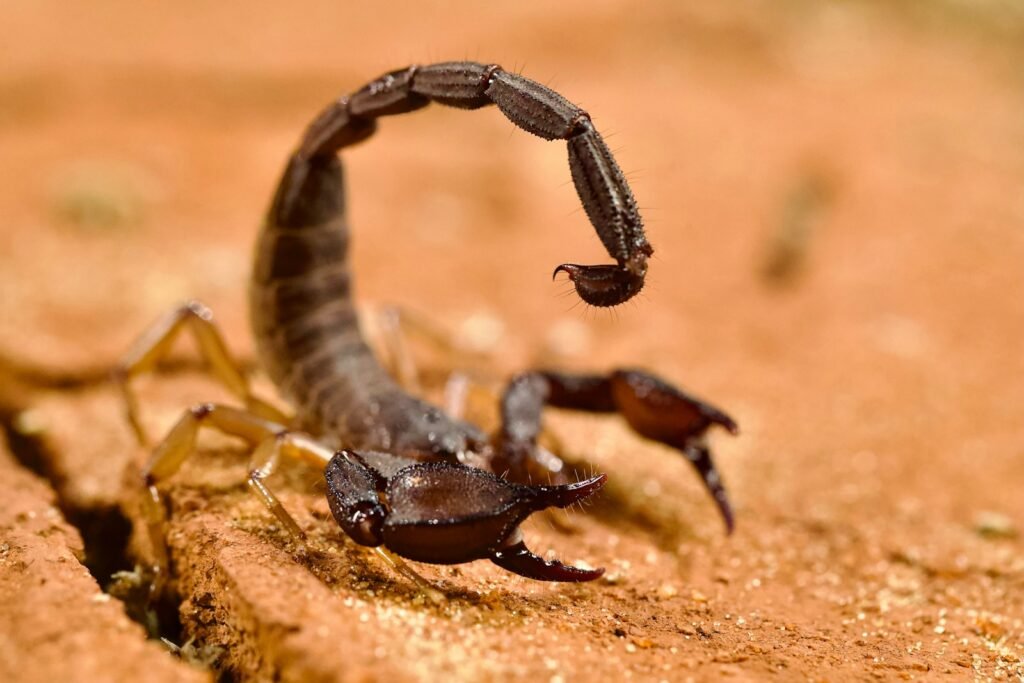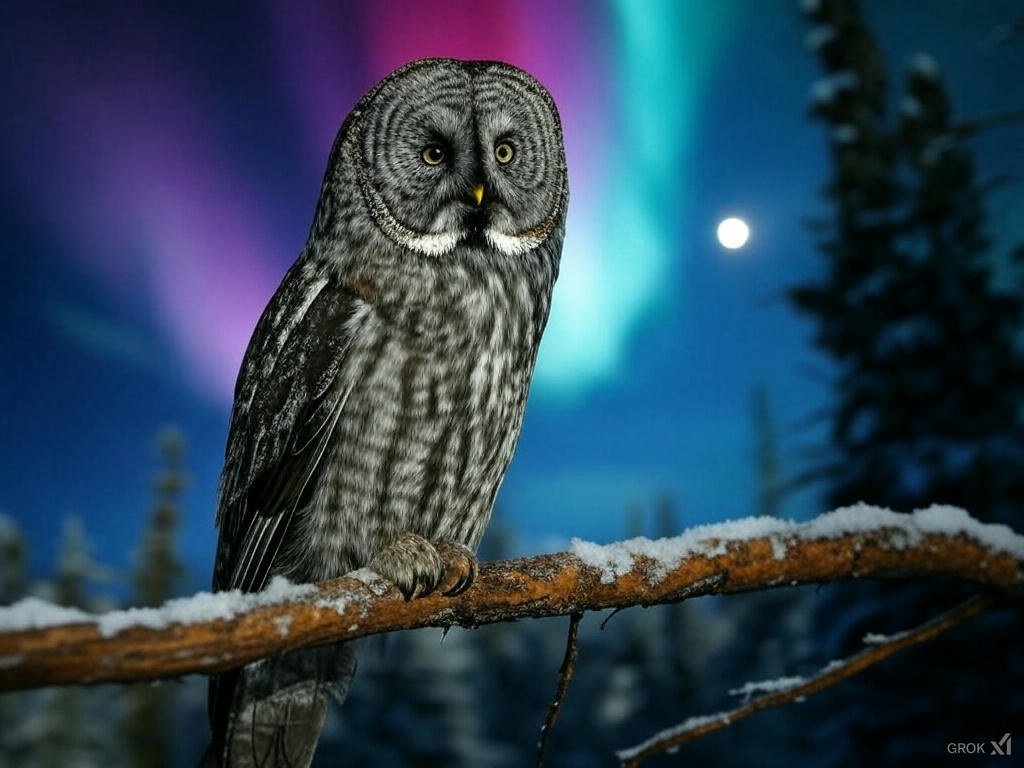Across the animal kingdom, some creatures carry bodies that ought to be cancer factories – millions of cells, decades of life – yet tumors almost never take root. This puzzle, known as the mismatch between size, age, and cancer risk, has become one of biology’s most gripping mysteries. What protects an elephant that grows to several tons, or a whale that lives two centuries, when smaller mammals struggle? Researchers are racing to decode built-in defenses that evolution has quietly engineered, and the clues are nothing short of astonishing. If we can understand how these species keep malignant cells in check, we may find blueprints for better prevention – and new ways to outsmart cancer in people.
The Hidden Clues
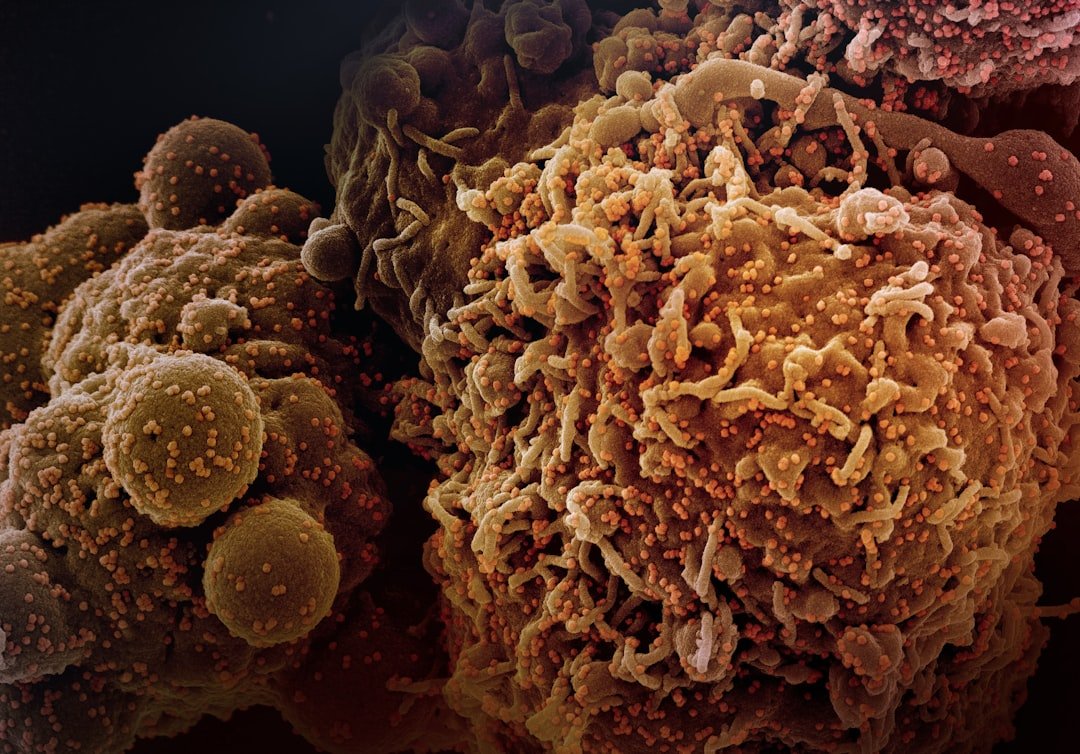
Here’s the surprise that jolts many readers: bigger animals don’t automatically get more cancer. That sounds wrong at first – more cells should mean more chances for something to go haywire – but long-lived giants often defy that math. Scientists call this pattern Peto’s paradox, and it reframes the question from “why do we get cancer?” to “why don’t they?” The answer appears to come from many small safeguards working together, like layers of locks on a door.
I still remember watching an elephant at a sanctuary and thinking its size alone should be a biological liability. Instead, evolution seems to have stacked the deck in its favor with extra tumor-suppressing tricks. These defenses don’t make animals immortal or immune, but they tilt the odds hard enough to matter. The goal now is to map those tricks, gene by gene and pathway by pathway, and translate them into tools we can use.
From Ancient Tools to Modern Science
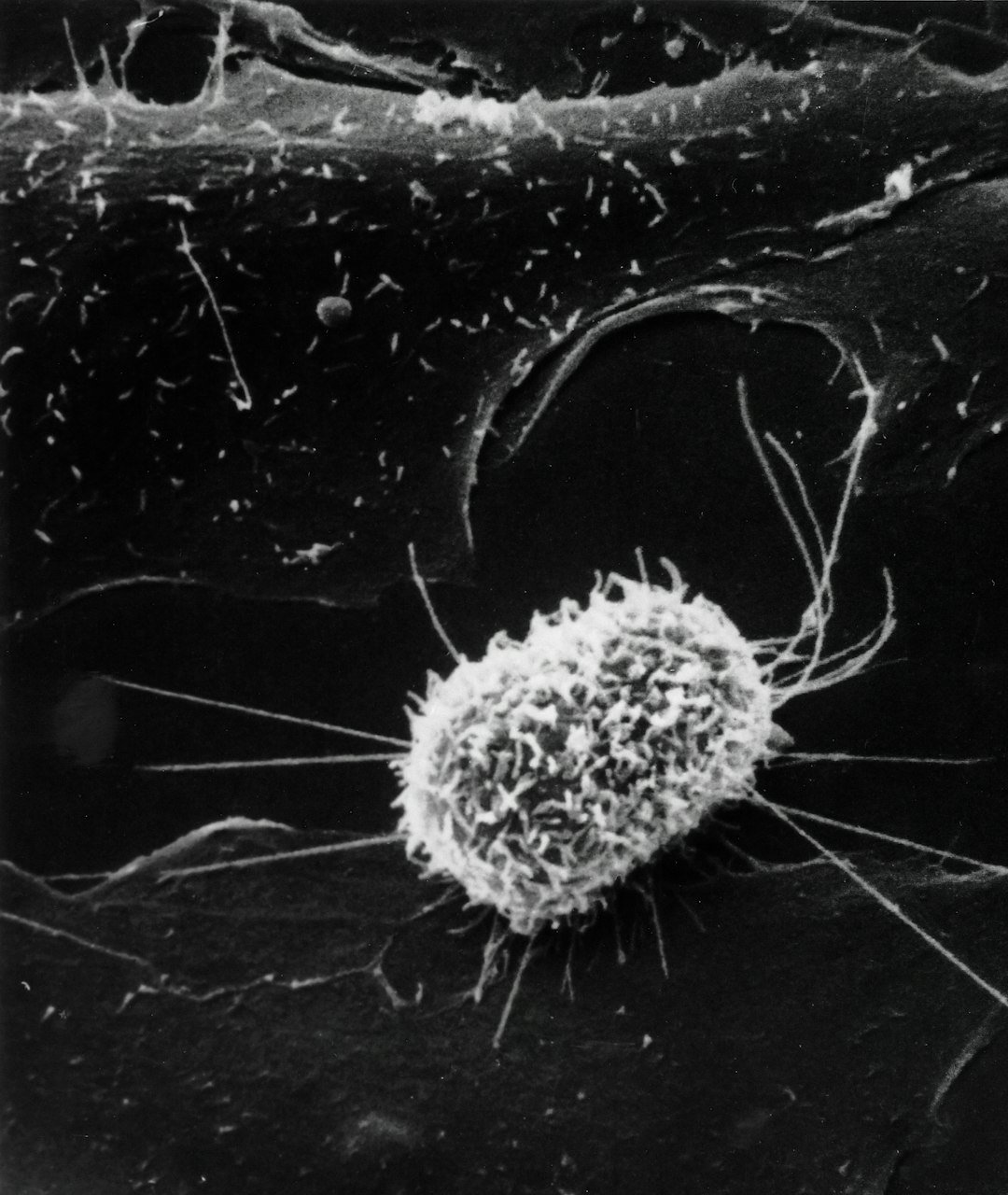
Every cell carries ancient repair kits: DNA-repair enzymes, fail-safe switches that trigger self-destruction, and immune sentries that patrol for rogue behavior. Many cancer-resistant species appear to have upgraded versions of these same old tools – stronger, faster, more redundant. When damage accumulates, they don’t bargain with danger; they pull the cord and remove the cell from the system. It’s ruthless housekeeping, and it works.
Modern science lets us peek under the hood using comparative genomics, organoids grown from animal tissues, and single-cell maps that track how individual cells respond to stress. We’re learning that evolution didn’t reinvent the wheel; it added extra wheels, tougher tires, and better brakes. By contrasting species with high and low cancer rates, researchers can spot which parts got reinforced. That comparative approach is quickly becoming one of the most promising routes to fresh cancer targets.
The Elephant in the Lab
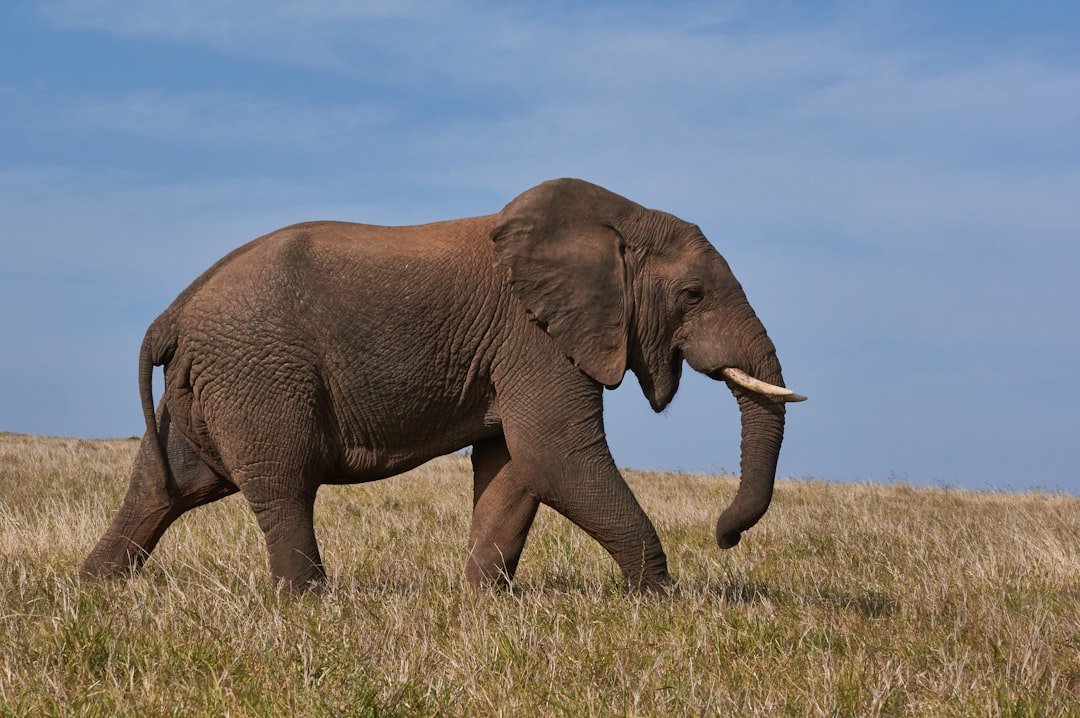
Elephants are the headline act for a reason: their genomes contain multiple copies of a master tumor suppressor gene, akin to installing several smoke detectors in every room. When DNA damage ticks up, elephant cells execute damaged cells swiftly rather than trying risky repairs. Necropsy records suggest cancer kills relatively few elephants compared with people, hinting that these extra genetic safeguards pay off in the real world. In essence, elephants accept minor cellular losses to avoid catastrophic disease.
What makes this exciting is the practicality. Researchers can mimic parts of that response in human cells, dialing up damage sensing or fine-tuning cell-death pathways. It’s not about turning us into elephants; it’s about learning which switches matter most and how to press them safely. Carefully engineered redundancy – more than one line of defense – may be a design principle we can borrow.
Underground Champions: Naked and Blind Mole-Rats
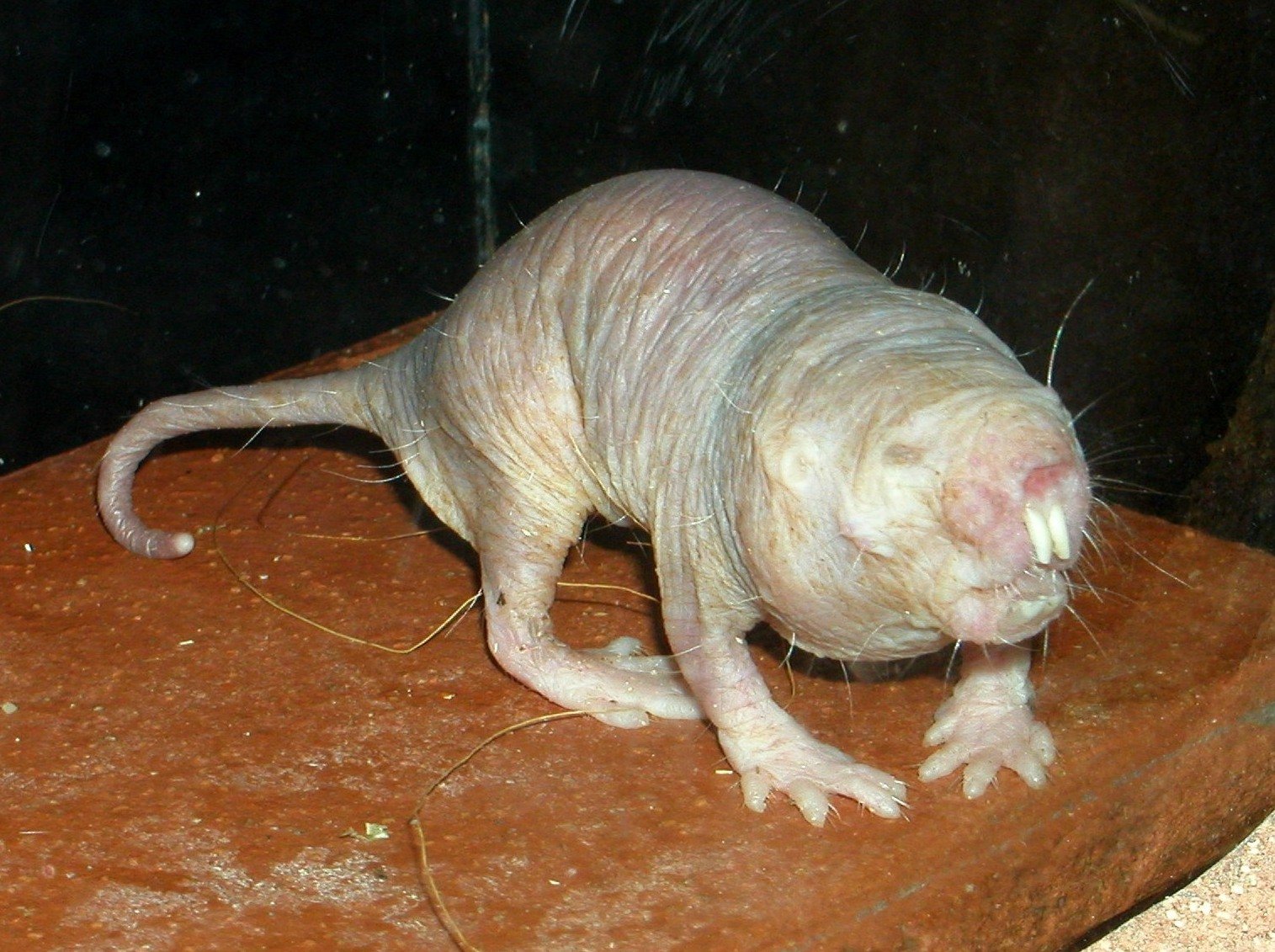
Naked mole-rats, wrinkled and nearly hairless, thrive on an unconventional trick: their tissues are steeped in unusually large, sticky hyaluronan molecules. This gooey environment makes cells very sensitive to crowding and forces them to stop dividing before they get reckless. In lab dishes, their cells show an early contact inhibition that acts like a firm “no” to overgrowth, blocking a key step toward tumor formation. Even when researchers try to push them toward malignancy, the cells tend to stand down.
Blind mole-rats choose a different kind of hard stop. When their cells sense abnormal growth, they release signals that trigger a coordinated wave of cell death, clearing the neighborhood in one dramatic sweep. Living underground in low-oxygen tunnels may have primed both species to evolve unusual stress responses that also crush would-be cancers. Two animals, two routes to a similar outcome: a system that refuses to let a bad seed take root.
Leviathans and Night Fliers: Whales and Bats
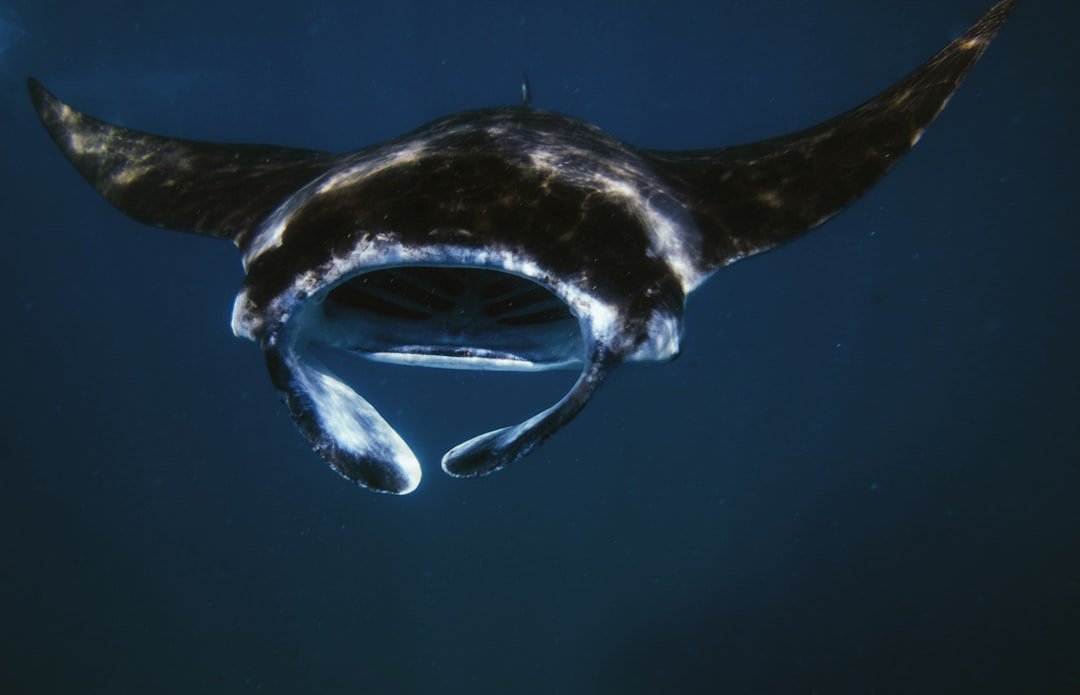
Bowhead whales can live for two centuries, long enough for errors to pile up – unless their cells are unusually good at repair and restraint. Genomic studies point to reinforced DNA maintenance and cell-cycle control, which may keep their tissues stable across a lifetime of cold seas and slow growth. Tumors do occur in cetaceans, but far less often than their immense size would predict, adding weight to the idea that reinforced cellular maintenance can offset risk. Longevity and cancer resistance, it seems, can coevolve instead of colliding.
Bats add a second, airborne chapter. Despite tiny bodies, many bat species live remarkably long lives and show strikingly few reports of spontaneous cancers. Their immune systems handle viral stress without spiraling into constant inflammation, and their cells appear to tolerate metabolic strain from flight while keeping DNA damage in check. The combination may keep malignant misfires rare, a balancing act forged by the demands of nightly migration and viral exposure.
Myths, Exceptions, and the Danger of Easy Stories
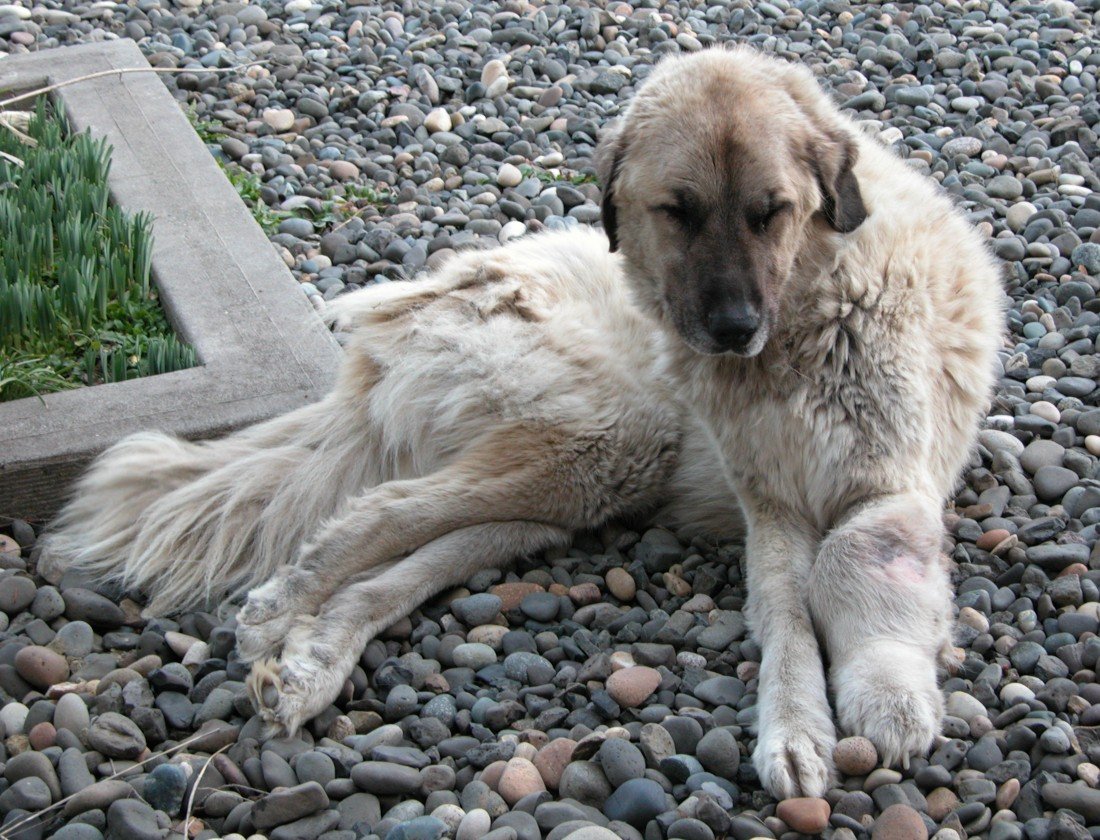
Let’s clear a common myth: sharks do get cancer, and selling shark parts as “anti-cancer” is not just wasteful – it’s wrong. On the other end of the spectrum, some species are painfully vulnerable. Tasmanian devils suffer transmissible facial tumors that slip past their immune defenses, a stark reminder that evolution can also open doors to cancer under certain pressures. Even our closest companions, dogs, face high cancer rates in several breeds, partly due to inbreeding and rapid growth.
These exceptions don’t weaken the big-picture insights; they sharpen them. Cancer risk is a moving target shaped by life history, ecology, and the genetic hand each species was dealt. When we compare across the tree of life, we aren’t looking for a magic animal that never gets cancer. We’re collecting design ideas – what to copy, what to avoid, and where the trade-offs hide.
Why It Matters
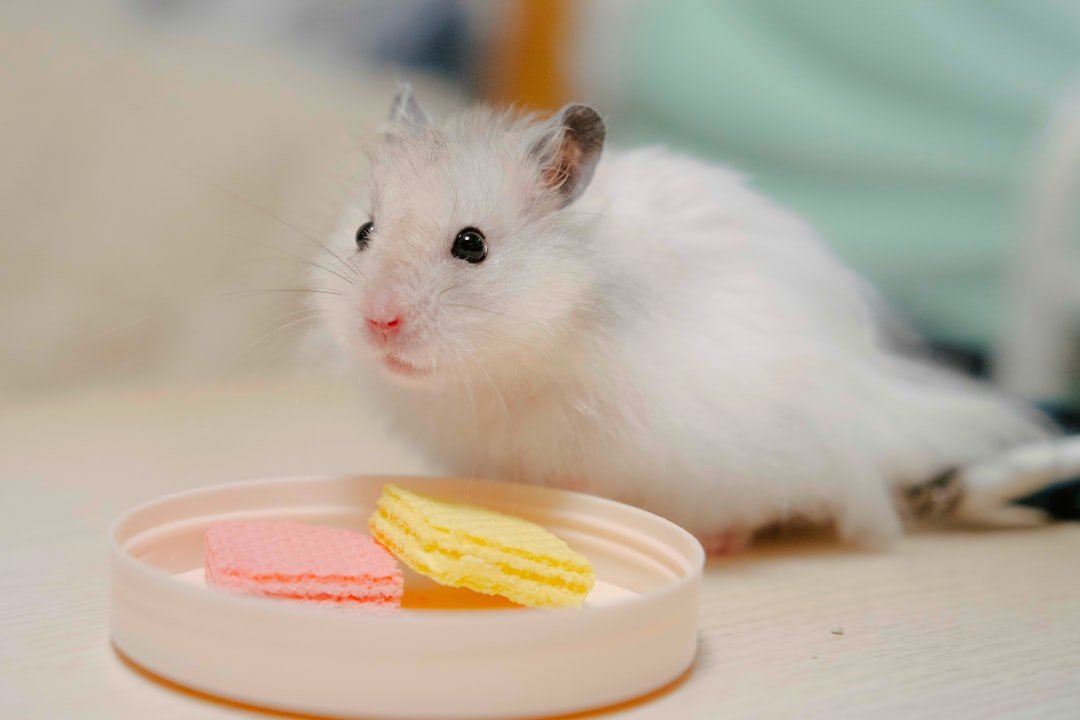
Cancer touches nearly every family, and across a lifetime roughly about two in five people will hear a diagnosis in the clinic. Most treatments aim at the tumor after it’s formed, while nature’s most successful strategies prevent dangerous cells from taking hold in the first place. Comparative biology flips our usual sequence: study prevention that has already worked for millions of years, then retrofit it for human cells. It’s a different mindset – preemptive, layered, and ruthless toward damaged cells.
Against traditional drug discovery, this approach offers a wider search field, guided by evolution’s own stress tests. Instead of guessing at molecular targets, we can ask which pathways were fortified in animals that beat the odds. That can inform safer chemopreventive strategies, smarter screening tools, and combination therapies that re-create natural redundancies. The payoff is not a single cure, but sturdier defenses from the start.
The Future Landscape
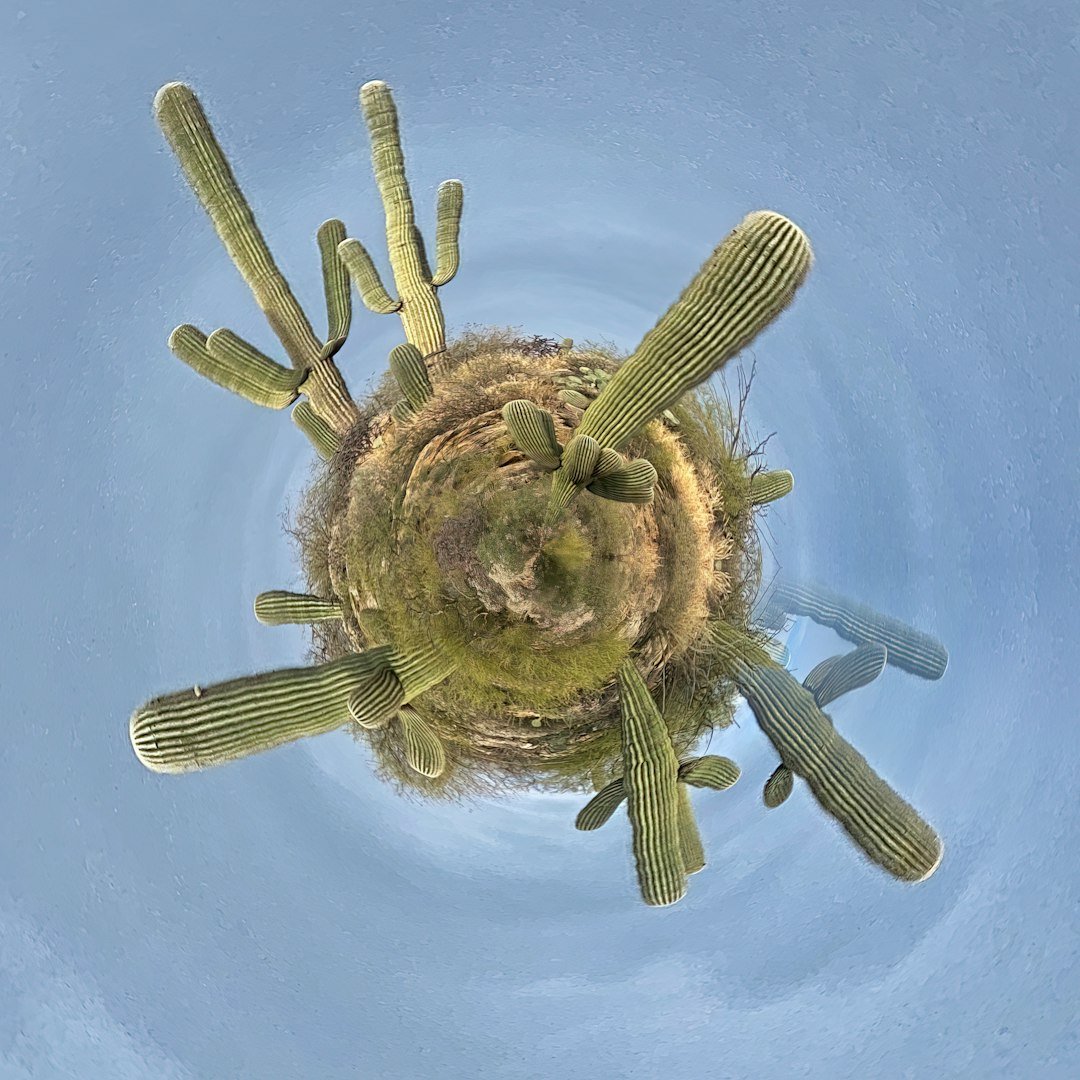
The next wave is already forming: multi-species cell atlases, long-term wildlife health records, and organoids that capture each species’ unique rules for growth. With CRISPR and synthetic biology, scientists can test whether duplicating certain tumor suppressors or tweaking damage sensors in human cells creates elephant-like safeguards without dangerous side effects. High-throughput screens will probe molecules that mimic mole-rat hyaluronan environments or nudge immune surveillance toward bat-like balance. The work is careful by necessity, because more aggression against damaged cells can collide with aging, fertility, or autoimmunity.
Global collaboration will matter as much as technology. Conserving long-lived species protects the very models that hold answers, while ethical sample sharing and standardized data pipelines make results comparable across labs. If we get this right, comparative oncology could move from quirky case reports to a disciplined pipeline that routinely feeds targets into human trials. The map is large, but the landmarks are finally in view.
Conclusion
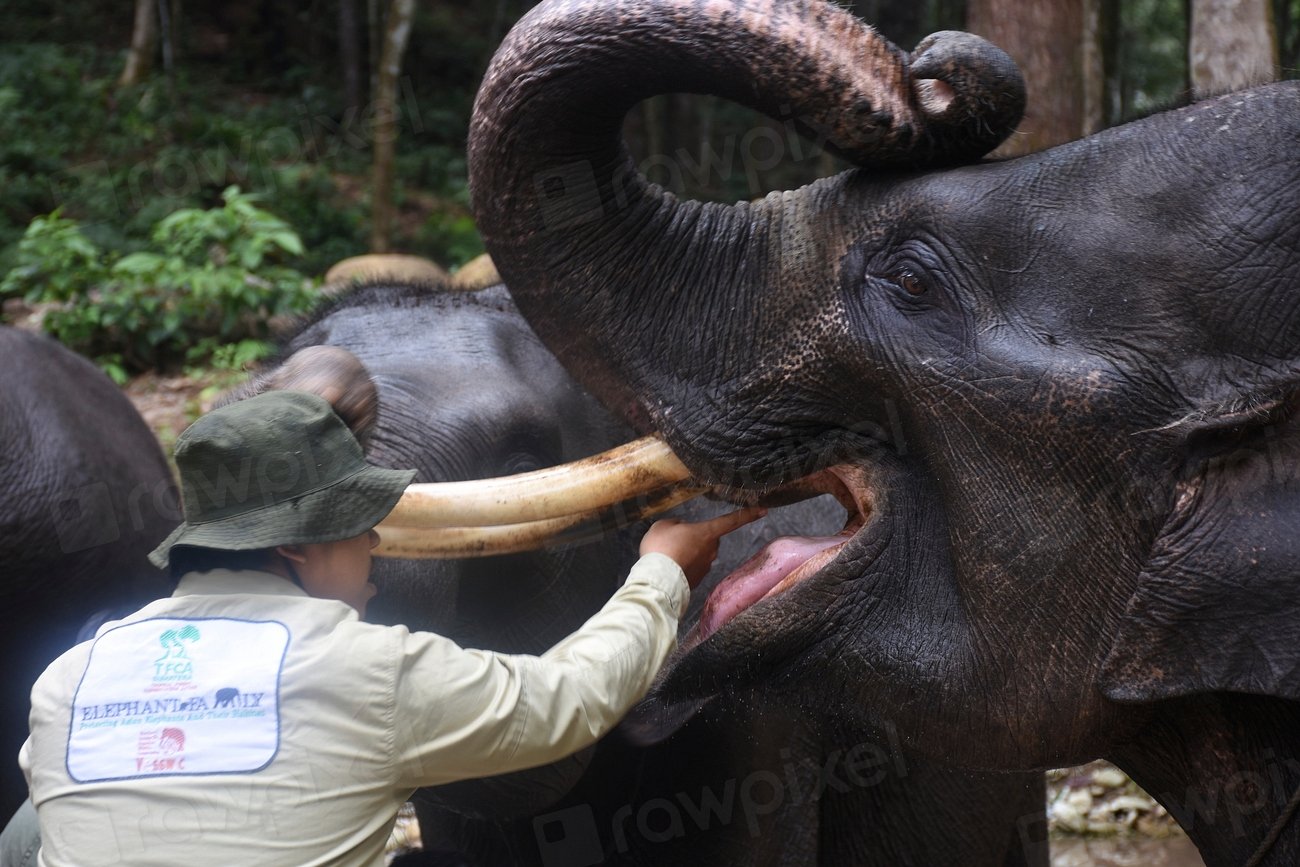
You can help this science move faster by backing the species that make it possible and the programs that study them. Support wildlife sanctuaries and conservation groups that protect elephants, whales, and bats – their survival is also a library of anti-cancer strategies. Look for research initiatives in comparative oncology at universities and hospitals, and consider donating or participating in public outreach events. Be skeptical of products that promise miracle anti-cancer effects from animal parts; they drain ecosystems and offer no real benefit.
Stay curious and share what you learn about nature’s cancer defenses with friends, classrooms, and community groups. The more people understand that prevention can be engineered – because evolution already did it – the stronger the push for studies that translate these lessons to human health. Awareness is not just feel-good; it shapes funding priorities and research momentum. Small actions add up when the goal is a safer default setting for our cells.

Suhail Ahmed is a passionate digital professional and nature enthusiast with over 8 years of experience in content strategy, SEO, web development, and digital operations. Alongside his freelance journey, Suhail actively contributes to nature and wildlife platforms like Discover Wildlife, where he channels his curiosity for the planet into engaging, educational storytelling.
With a strong background in managing digital ecosystems — from ecommerce stores and WordPress websites to social media and automation — Suhail merges technical precision with creative insight. His content reflects a rare balance: SEO-friendly yet deeply human, data-informed yet emotionally resonant.
Driven by a love for discovery and storytelling, Suhail believes in using digital platforms to amplify causes that matter — especially those protecting Earth’s biodiversity and inspiring sustainable living. Whether he’s managing online projects or crafting wildlife content, his goal remains the same: to inform, inspire, and leave a positive digital footprint.


